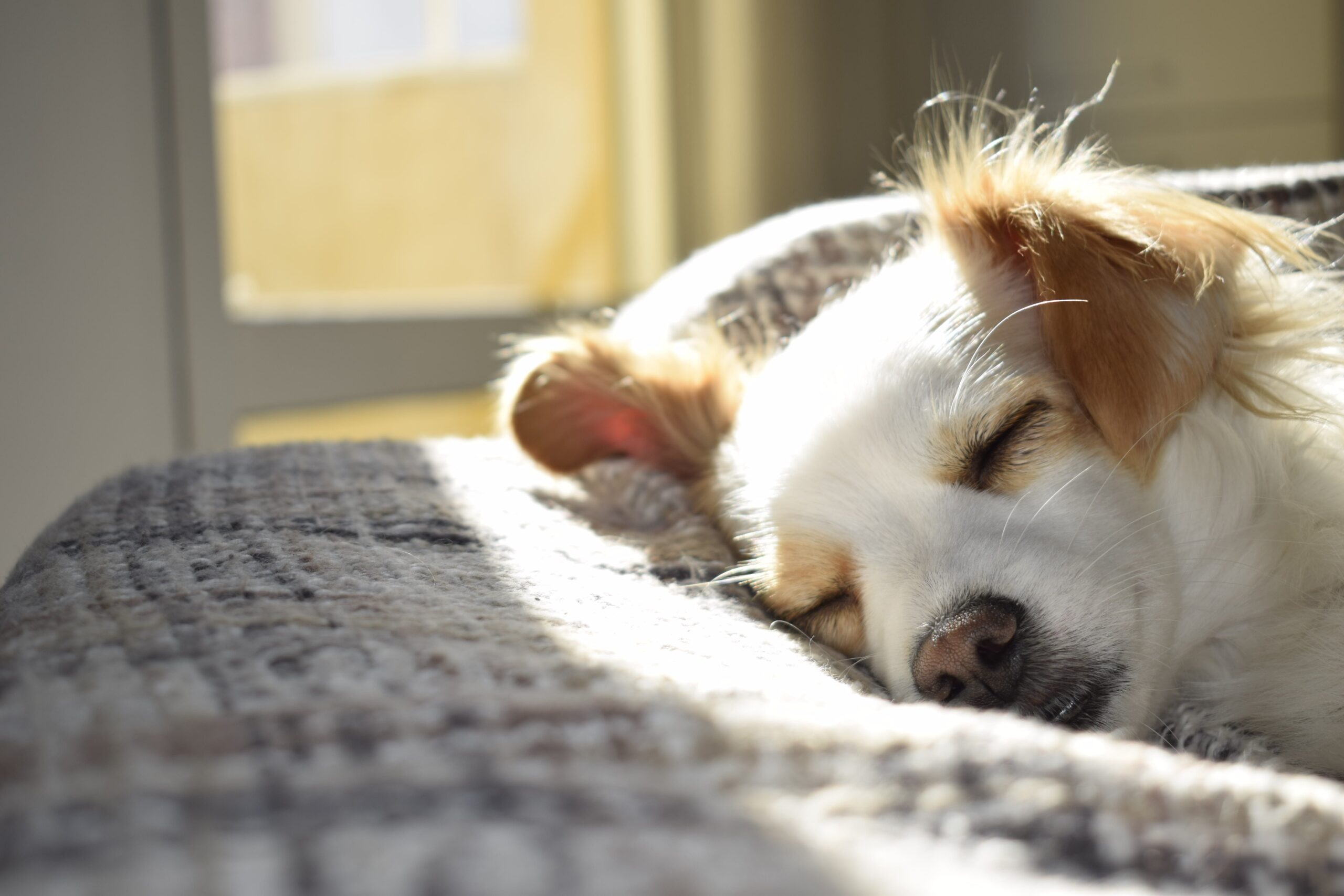Reading time: 2 Minutes
The UK Government has revised its model tenancy agreement template making it easier for tenants to keep pets as the default option. With a considerable percentage of the population owning pets, landlords need to be aware of their rights and obligations when renting to pet owners.
Here, are James Laurence’s insights on renting with a pet in the property.
- What is a Model Tenancy Agreement?
- What damage can landlords prepare for?
- Advice for landlords renting to a tenant with a pet
What is a Model Tenancy Agreement?
Under the new Model Tenancy Agreement that is recommended by the Government, landlords can no longer issue blanket bans on pets. Instead, landlords will need to actively object, in writing, within 28 days of a written pet request from a tenant and provide a good reason.
This could be, for example, the property being too small meaning it would be impractical to keep a pet.
If consent is given on the condition that an additional deposit is paid by the tenant, the total deposit must not breach the deposit cap introduced under the Tenant Fees Act 2019 (for tenancies in England only) and must be protected in an authorised tenancy deposit scheme such as the Tenancy Deposit Scheme.
What damage can landlords prepare for?
Being prepared is crucial for a successful tenancy, especially when renting to pet owners.
Landlords should consider the kind of damage that pets can cause, this will help to focus on potential problem areas when conducting the inventory and checkout reports.
Potential issues to be aware of include:
- Chewing of skirting boards
- Scratching of doors and furniture
- Stained carpets
- Damage to lawns and gardens
- Odours
- Pet hair on furniture and carpets
- Fleas
Advice for landlords renting to a tenant with a pet
We recommend that a specific pet clause be included in your tenancy agreement.
This clause should clearly outline the responsibilities of the tenant with regard to maintaining their pet in the rental property, and the responsibilities should include any
- Necessary cleaning
- Pest control
- Additional garden upkeep
- Repairing any damage caused by the pet
- By including such a clause, both the landlord and tenant can ensure that the rental property remains in good condition and that the tenant’s pet is properly cared for.
Make sure you include specific details within the clause on the number and type of pet(s) allowed in the property gives less room for dispute over what the tenant is responsible for, and whether deposit deductions are reasonable at the end of tenancy.




